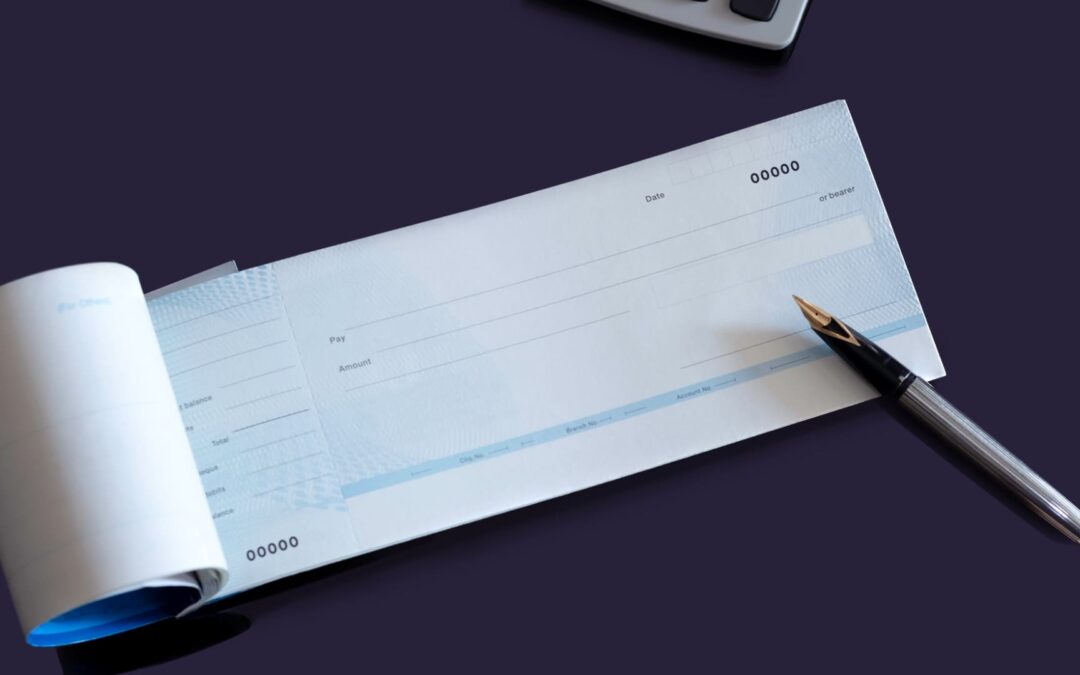Are you familiar with the term ‘MICR code’? It stands for Magnetic Ink Character Recognition, a unique number found on cheques and other financial documents used for clearing and settlement purposes.
In this article, we will explain what the MICR code is and how to find it on a cheque.
We’ll also discuss the benefits of using this system for clearing and settlement purposes as well as tips to ensure accuracy when entering or reading an them.
So if you are interested in learning more about what a MICR code is and its uses, read on!
Also check out our article about the IFSC code here.
How to Find the MICR code?
- Look to the bottom of a check for your MICR code. This string of nine-to-twelve digits will be printed in Magnetic Ink Character Recognition font.
- By simply scanning the first three digits of a MICR code, you can precisely identify where the bank’s branch is situated.
- The bank code is represented by the middle three digits..
- The last three digits signify the differentiating the branch code of a person’s bank or other fiscal institution.
- Financial institutions, such as banks and credit unions, employ the codes to expedite the process of clearing and settling cheques. This may also involve any other transaction having any money transfer between two different organisations.
Components of MICR code
- Numerical numbers from nine to twelve make up the MICR code.
- The initial three digits indicate the city of your financial institution’s branch, with the mid-portion holding three numerals for bank coding. The additional set of three reveals your branch code.
- The Magnetic Ink Character Recognition font is printed on the codes to make sure that cheques and other financial documents are processed correctly. This extraordinary font has been specifically designed for machines to read. Hence, it guarantees the accuracy of transactions made with these types of documents.
- Banks and other financial entities utilise MICR codes to expedite the cheque clearance procedure, as well as transactions related with transferring funds from one establishment to another. This enables a smoother process that requires less effort and time for successful completion.
The Uses of Implementing the MICR code system
Here are some of the benefits and how using the MICR code system will help the economy and the people:
Streamlining
The MICR system offers a convenient and efficient solution for settling money transfers between institutions. It helps smoothen the processing of cheques as well as other financial transactions, making it easier to transfer funds securely.
Accuracy
This system provides a secure and precise way to process cheques and other financial documents. It guarantees that each transaction is correct, leaving no room for errors or mistakes.
Efficient
Utilising MICR codes can save time, money and further protect your data from potential threats. This solution will change the way you process information efficiently and cheaply.
Tracking
Thanks to MICR technology, tracking and tracing payments has never been easier; consequently, overall financial transactions are now more efficient.
Conclusion
The Magnetic Ink Character Recognition (MICR) system is a reliable and efficient way to process cheques, financial documents, and money transfers with greater accuracy. MICR codes are printed in a unique font designed for specialised machines that help ensure the correct processing of payments.
Banks and other financial institutions use it to streamline the clearing and settlement process while also reducing costs and improving security.
By understanding what a it is, how to find it on a cheque, its components, benefits, and uses – you can now confidently leverage this powerful tool when entering or reading an MICR code.

